On June 19, 1991, Pablo Escobar Gaviria, one of the world's most notorious drug traffickers, surrendered to Colombian authorities following a vote by the constitutional assembly to ban the extradition of Colombian criminals. At the age of 41 and a billionaire, Escobar was airlifted by helicopter from an undisclosed location to a specially prepared prison in Envigado, near Medellin.
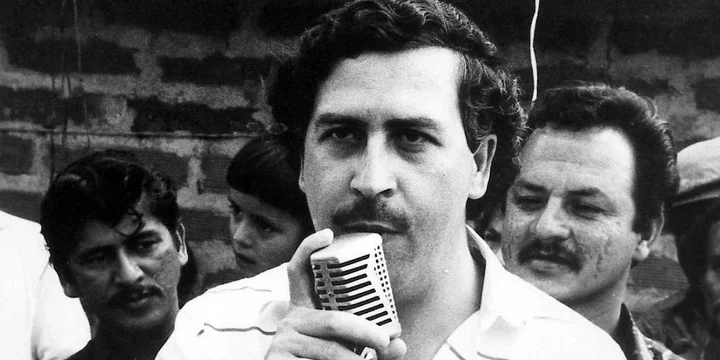
As the leader of a major cocaine smuggling organization, Escobar was implicated in numerous deaths of Colombians. Colombian officials hoped for peace after his surrender, but experts and U.S. officials doubted it would curb cocaine trafficking to the United States, speculating he might continue operations from prison or be replaced in the drug trade.
Escobar had announced his intention to surrender in late May, seeking leniency and assurance from President Cesar Gaviria Trujillo against extradition to the US, where he faced multiple drug trafficking and murder charges. The assembly's decision to ban extradition gave him strong assurance that he would not be sent to the US, drawing criticism from American officials.
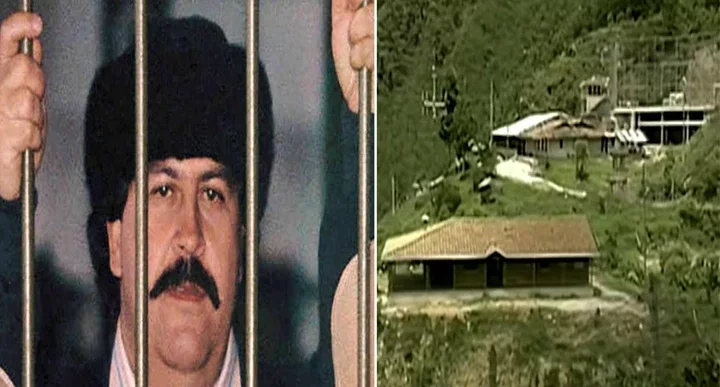
Accompanied by Reverend Rafael Garcia Herreros, who mediated through meetings and radio discussions, Escobar boarded the helicopter in military attire and sunglasses. Before his surrender, Escobar was a fugitive, evading capture amid police killings of his associates. In retaliation, he offered a $4,000 bounty per police officer killed, resulting in 250 deaths in Medellin's poor areas.
Accused of ordering the deaths of a justice minister, attorney general, newspaper editor, and three presidential candidates, Escobar was linked to a plane bombing that killed 107. The government even offered $500,000 for his capture or killing.
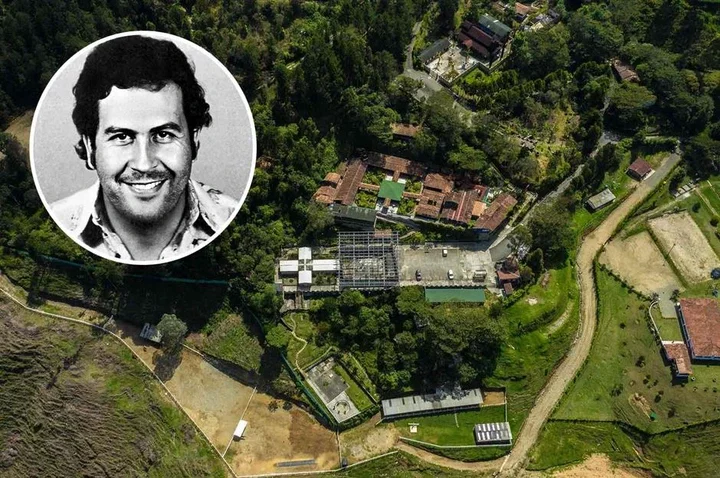
Initially agreeing to five years in prison, Escobar built luxurious suites in Medellin's prison and appointed his loyalists to oversee its operations. However, a year later, amid plans by the government to transfer him to a real prison, Escobar escaped.

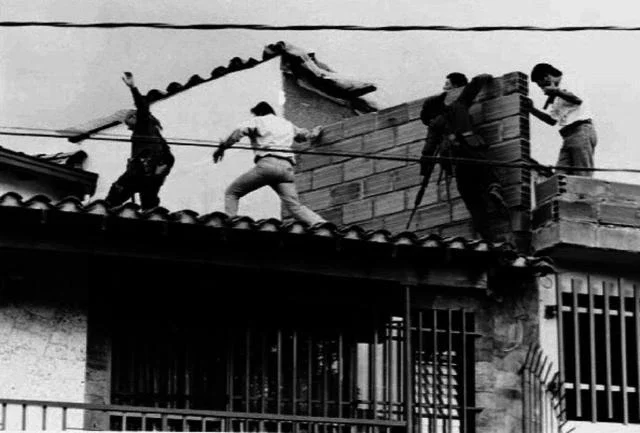
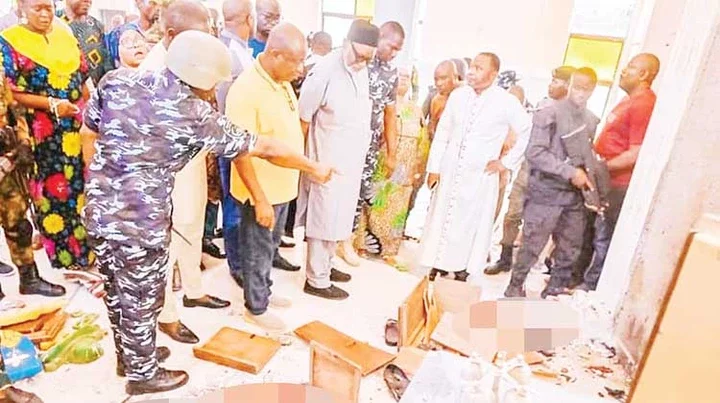
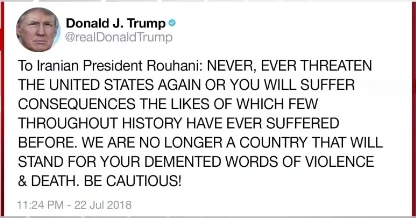
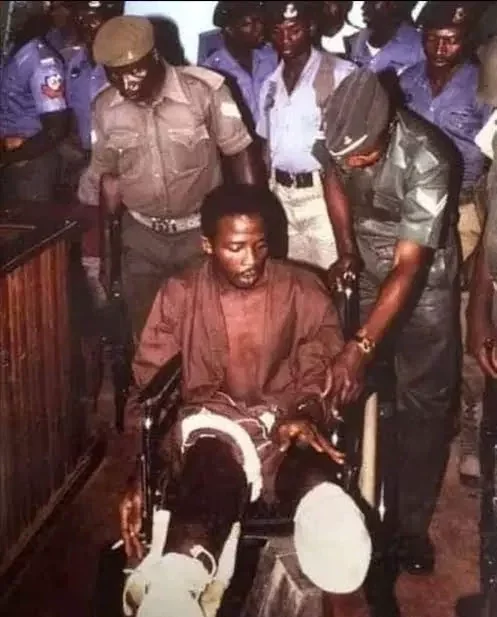
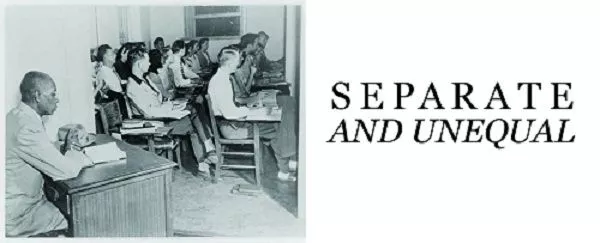
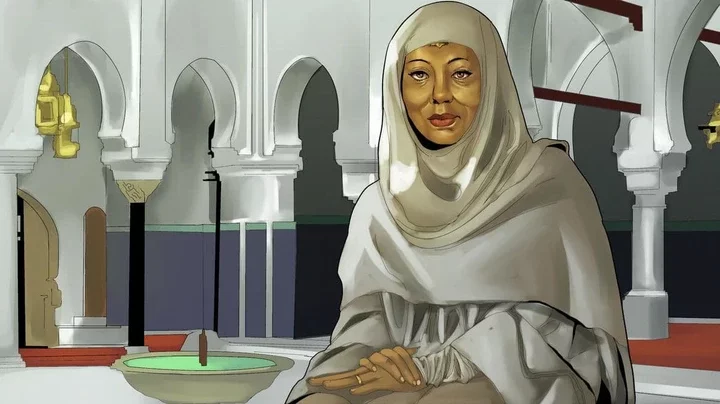
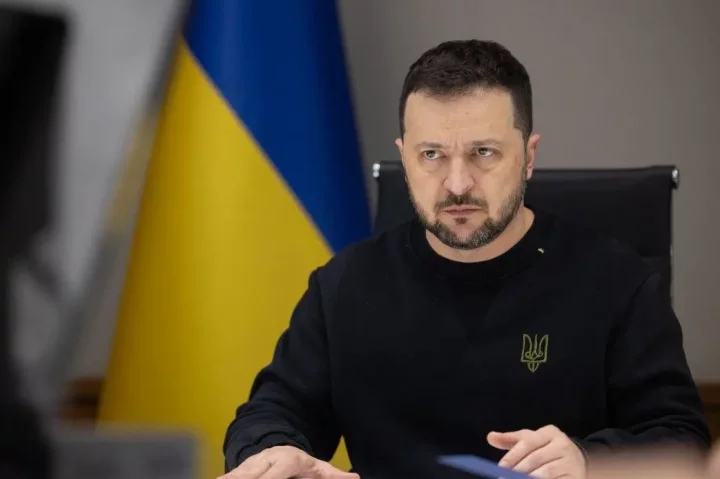

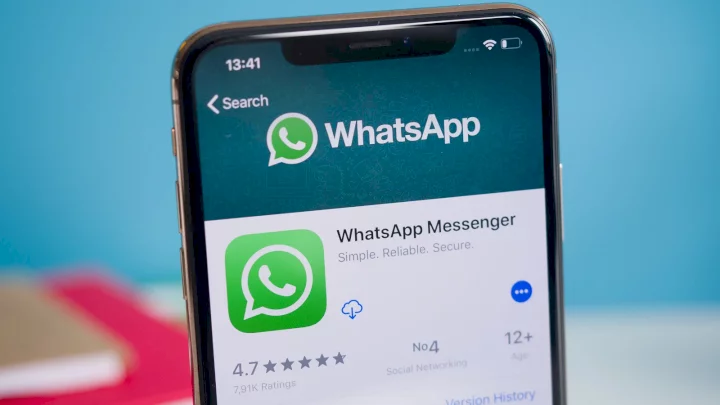
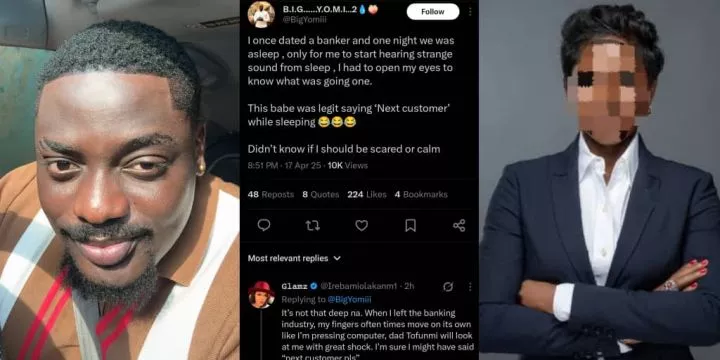

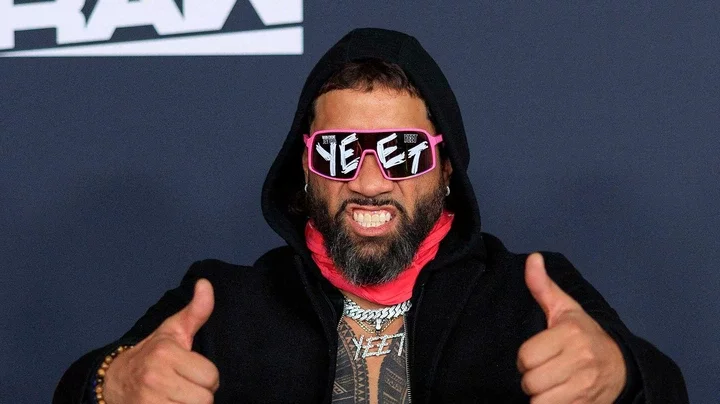
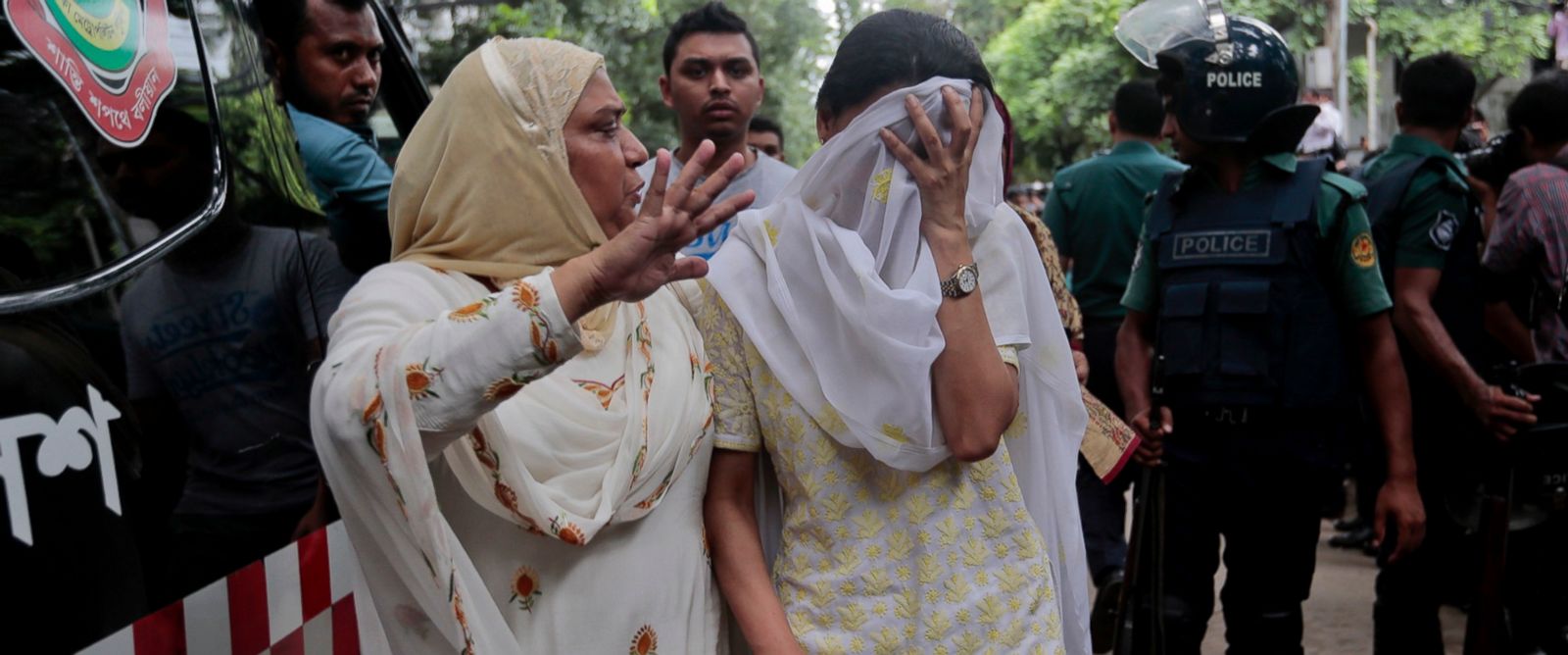
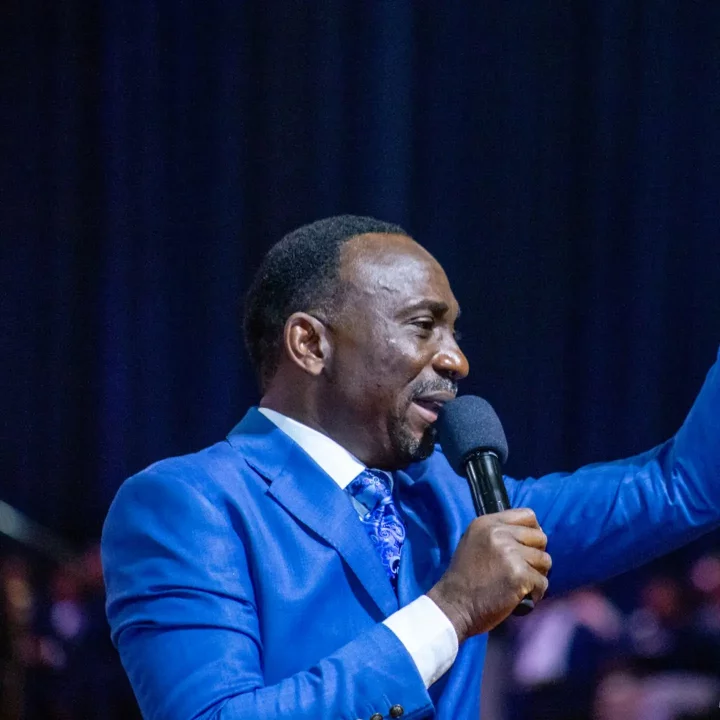


Comments